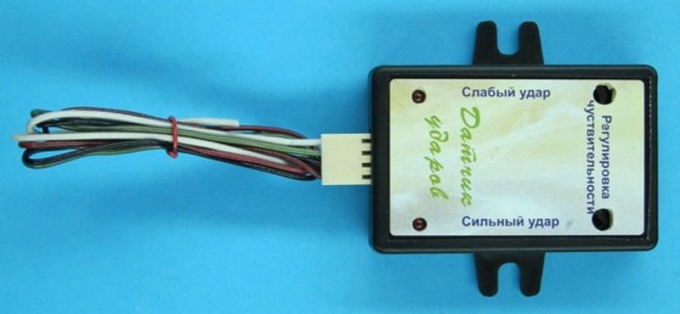You will need
- the shock sensor.
Instruction
1
Before adjustment, read the manual of the car and set the alarm. Disconnect the battery, if permitted by the instruction. If it cannot be turned off, remove the fuse for the interior light to avoid discharging the battery during the adjustments.
2
When adjusting the sensor strike * do not inflate excessively its sensitivity. According to the regulations, the number called by this sensor alerts is limited to 10 false alarms per cycle of protection. After that, the sensor strike shall be automatically switched off until the next arming.
3
When performing adjustment operations try to eliminate false alarms from minor influences such as wind gusts. Exhibiting the desired sensitivity, consider the weight of the vehicle and mounting method of the basic alarm unit and the environment in the place where you used to Park and store your car.
4
Note the scale of sensitivity of the sensor to shock. It is conditionally divided into several levels (most often 8 or 10). Zero level corresponds to the disconnection of the sensor, and the last level is the maximum sensitivity. Factory setting, usually at a level slightly below average.
5
Put an alarm on the guard and throw some punches to the body or wheel of the car. In this case start with weak punches, gradually increasing their strength. Thus determine the strength of the impact in which the sensor of the punch leads to system discharge. If necessary, perform the sensitivity adjustment in the direction of increase or decrease.
6
To change the sensitivity of the sensor blow off the protection mode, enter the programming mode and change the sensitivity by entering the desired values into the memory system. This must refer to the operating instructions for your model alarm. On older designs to change the sensitivity slowly turn the special adjustment screw (trimmer) or press change the sensitivity. This sequence of actions spend as long as don't specify a normal level of sensitivity for your vehicle.
7
The correctness of the performed installation and adjustment determine the accuracy and stability of response of the sensor to external stimuli and absence of false alarms due to minor or extraneous disturbances, such as gust of wind or passing a truck with loud exhaust sound.
